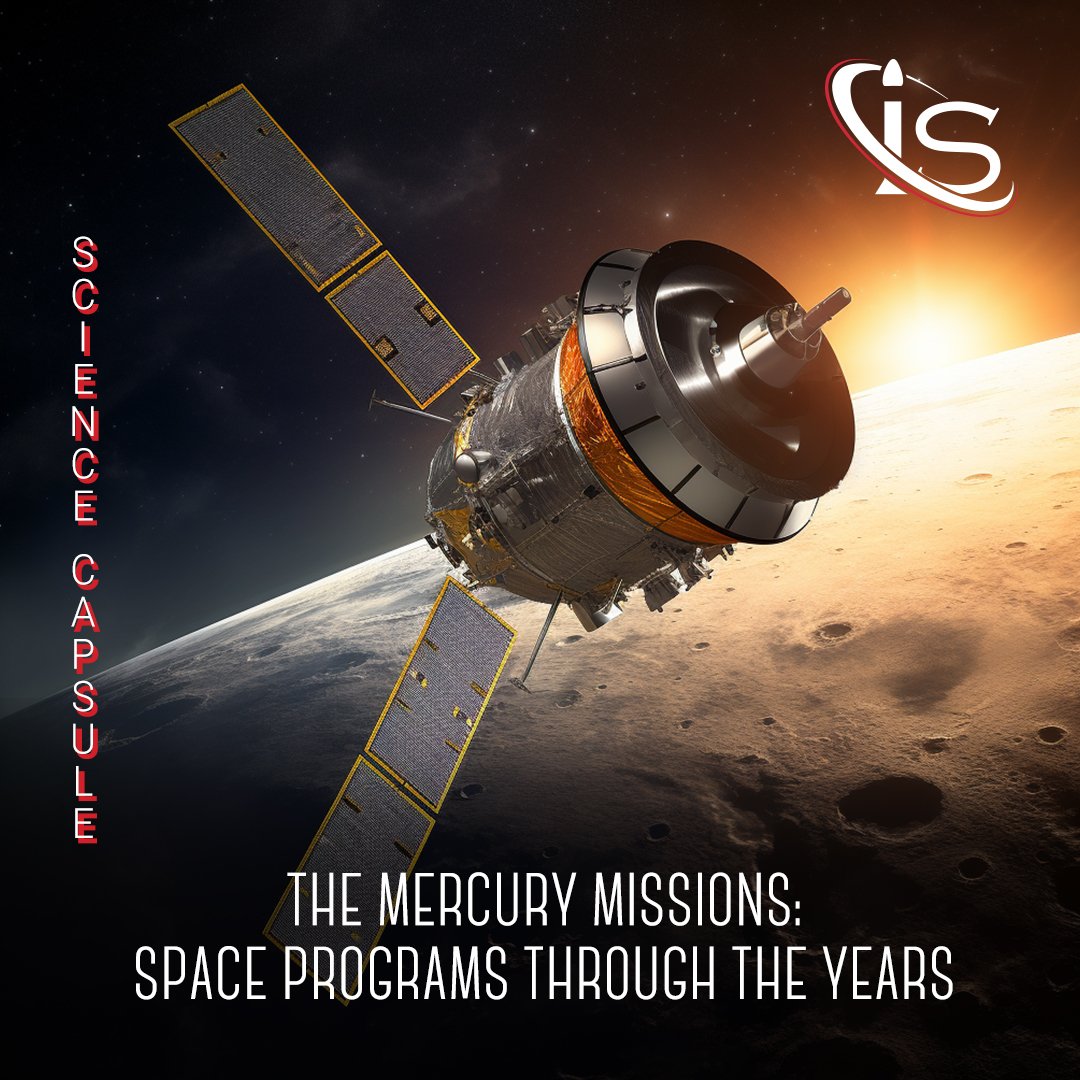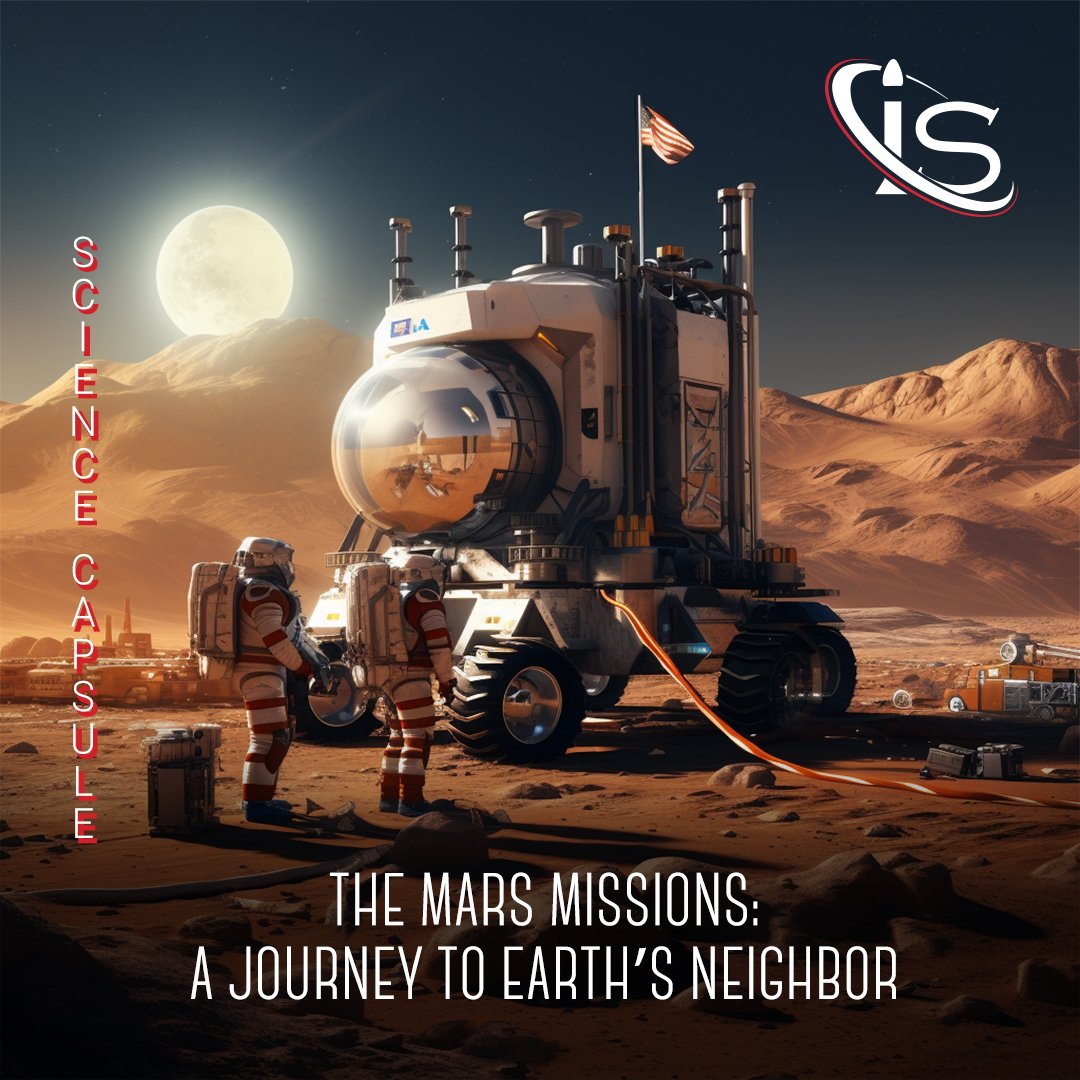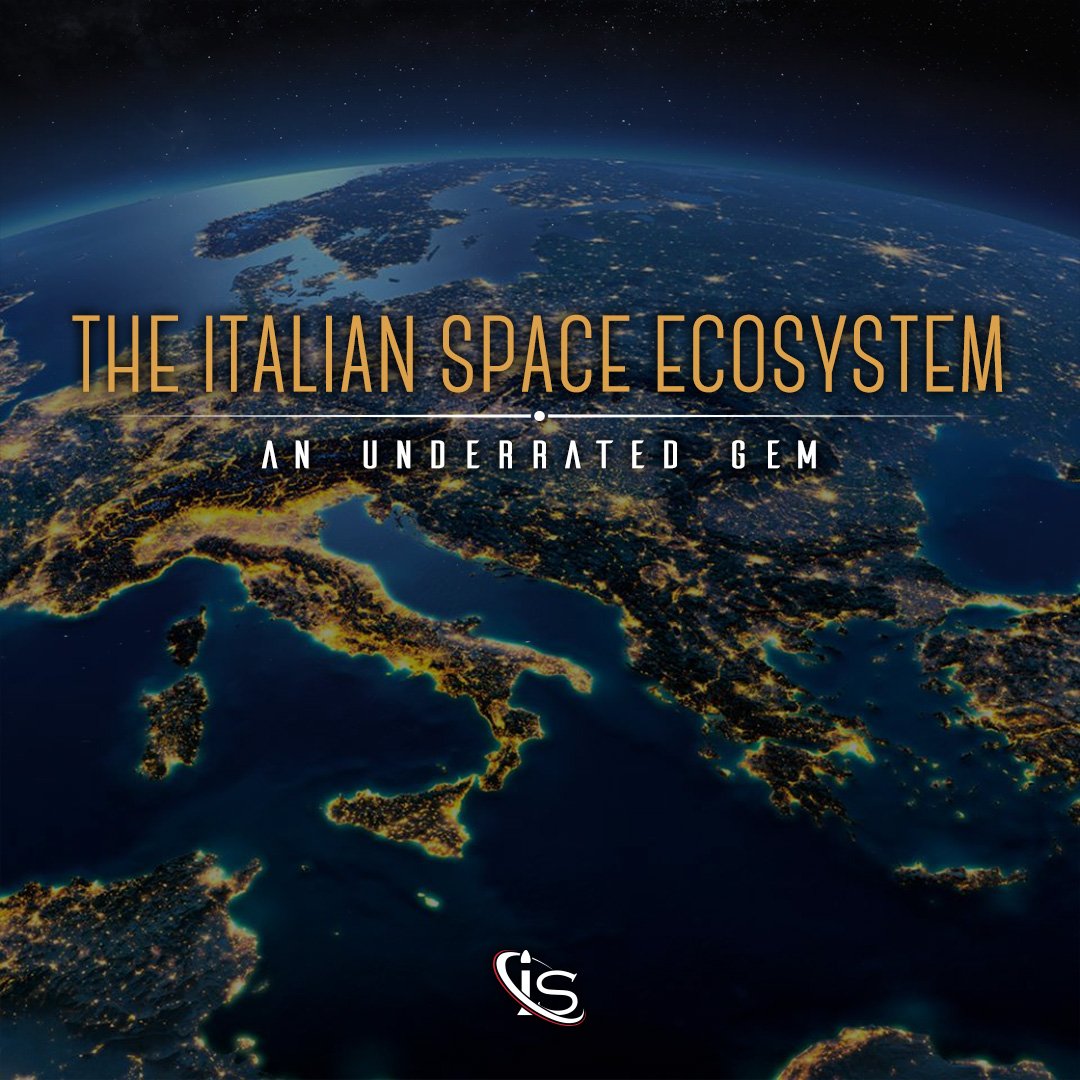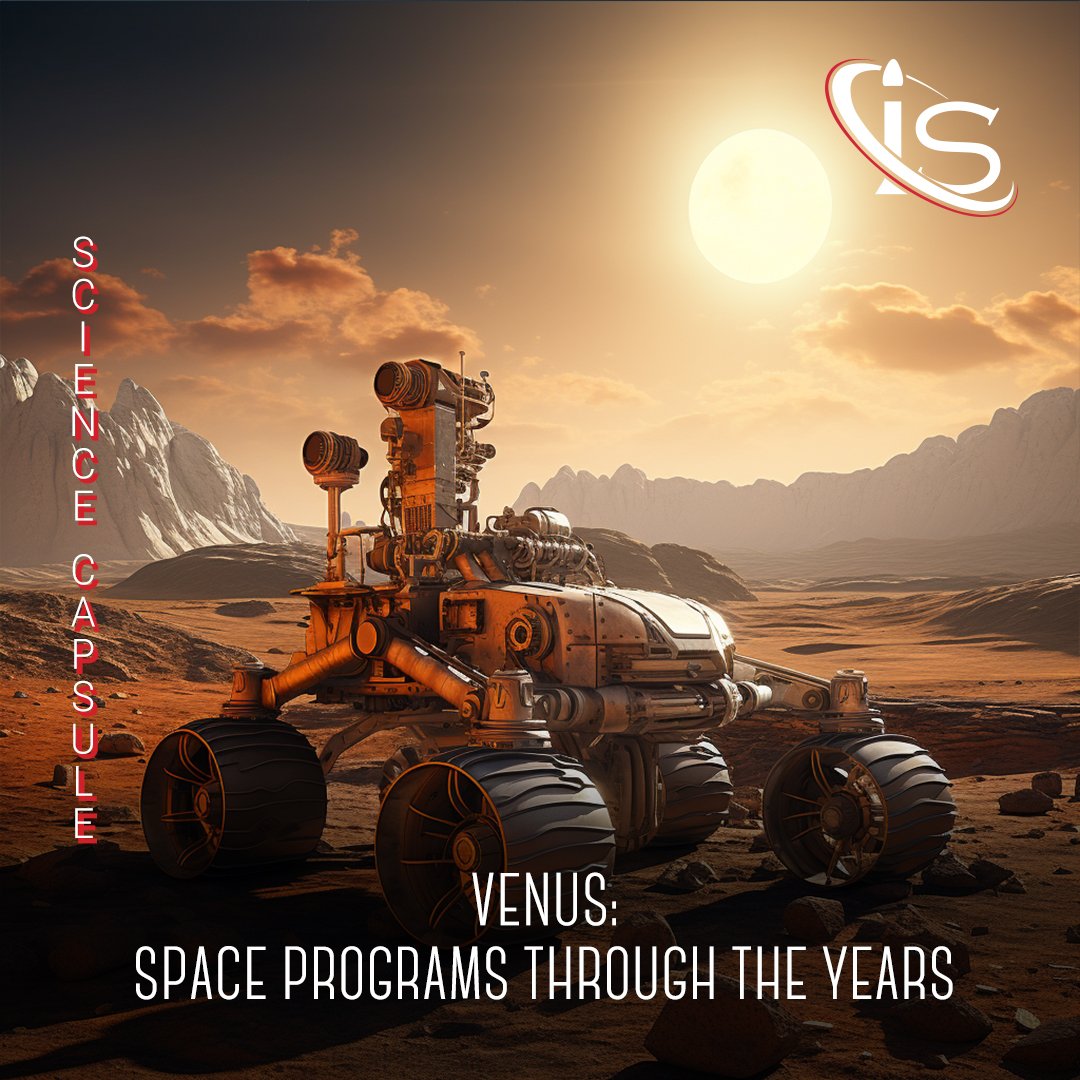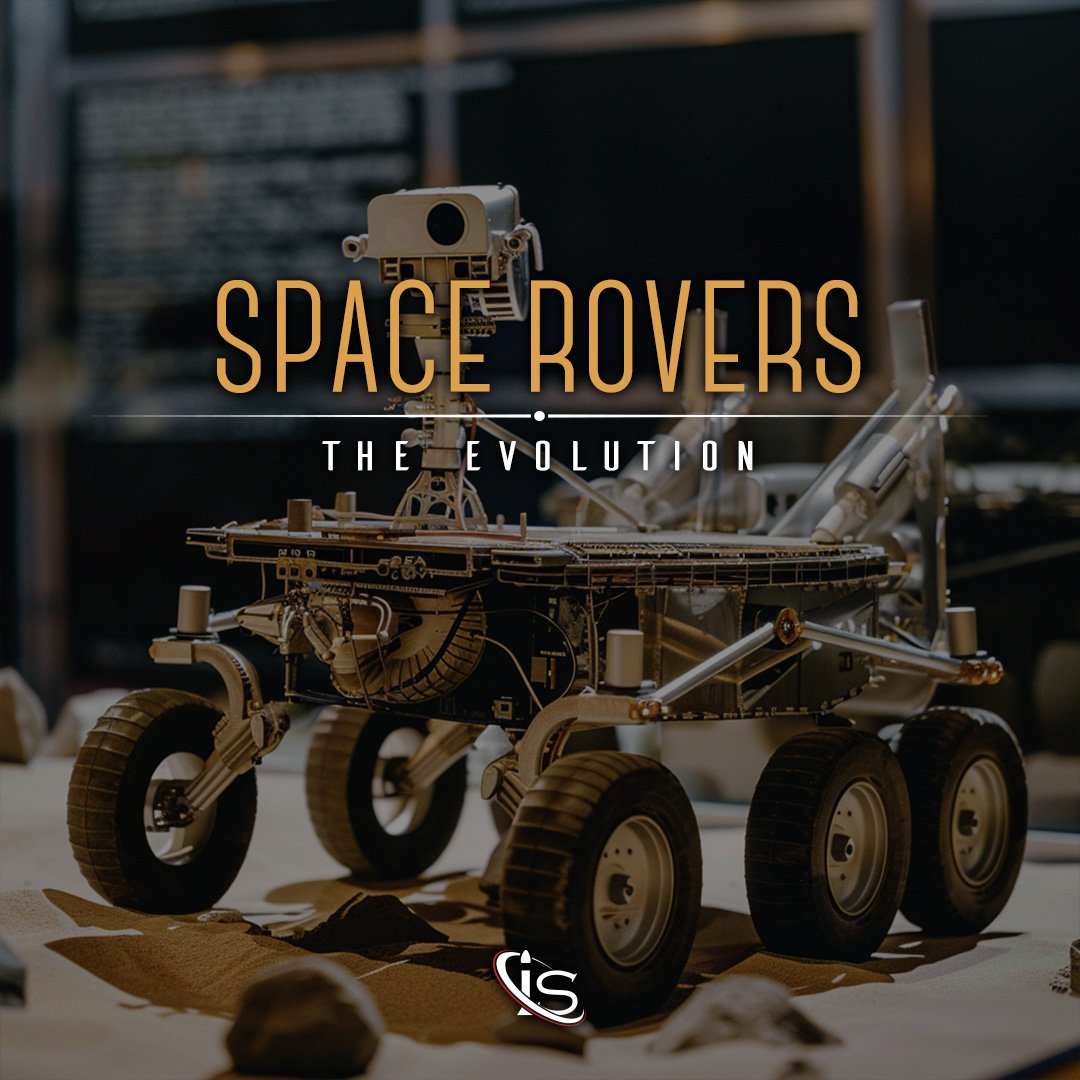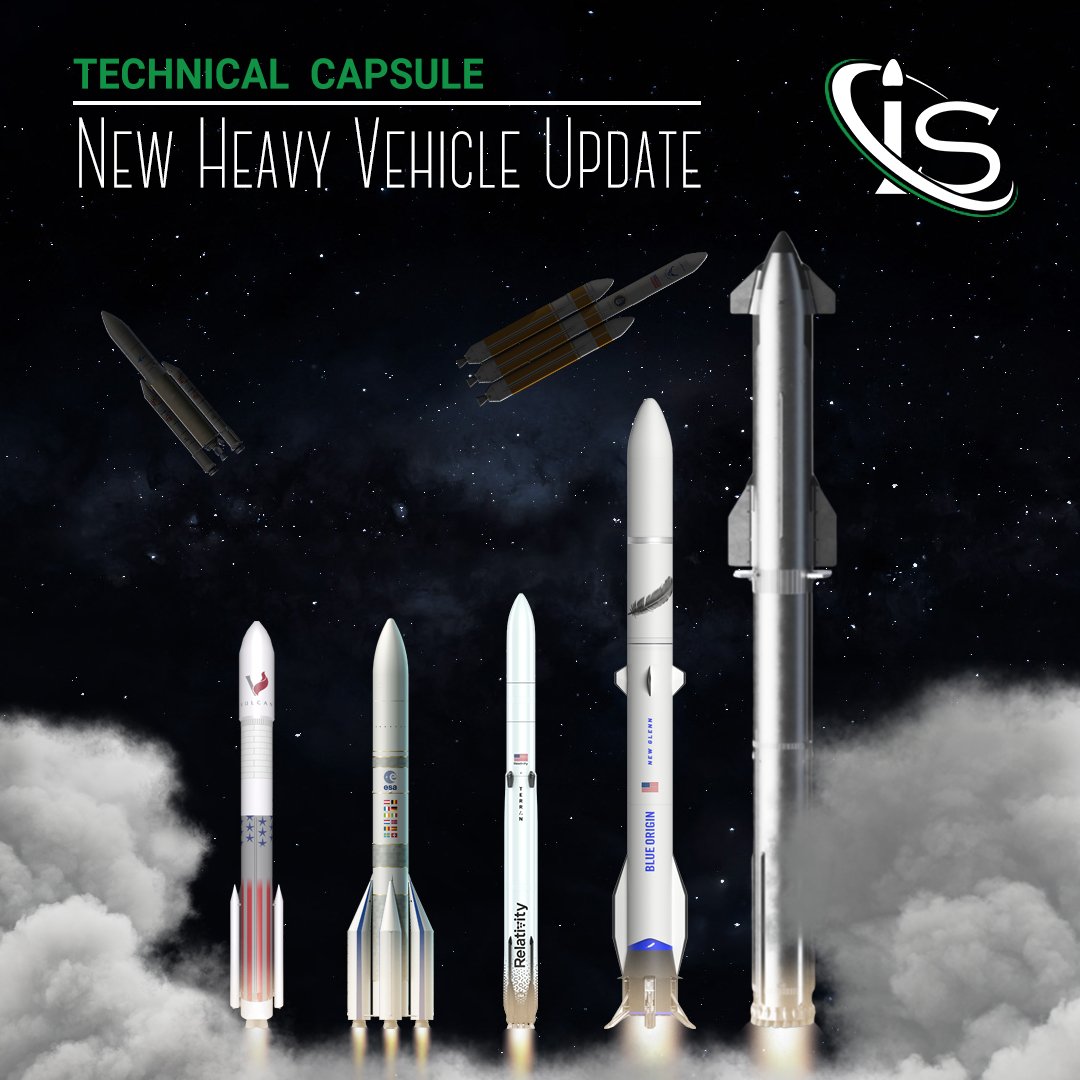Welcome back to our monthly historical milestone series. Today’s topic is an interesting one, as the mission we will be discussing, Rosetta, had many phases. However, the focus will be on what this satellite accomplished exactly 10 years ago. Because on August 6th, 2014, Rosetta became the first spacecraft to orbit a comet.
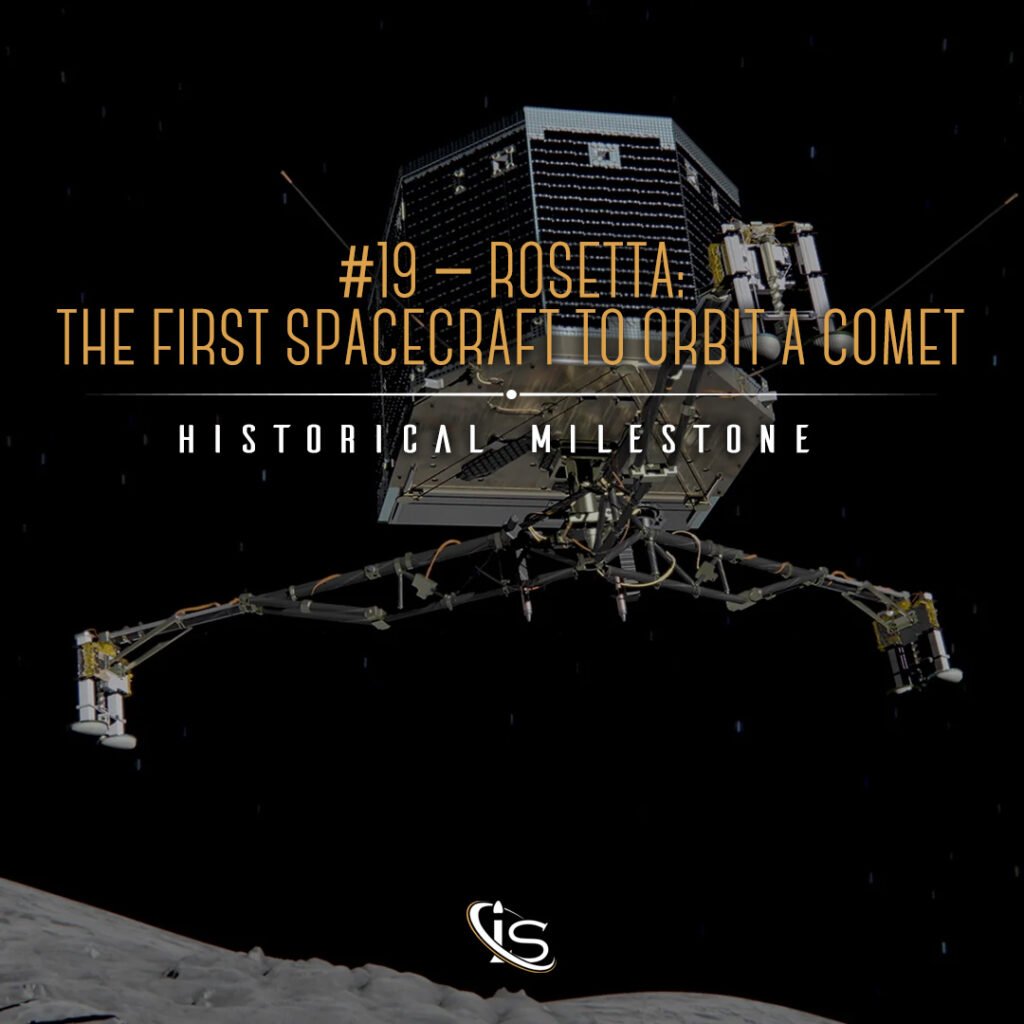
Rosetta’s Journey
Dubbed the comet-chaser, the Rosetta spacecraft was first launched in March 2004, a whole decade prior to its encounter with the targeted comet. The comet in question was 67P also known as the Churyumov–Gerasimenko comet. The reason behind Rosetta departing a whole decade before reaching its target was twofold. The first and biggest factor was the long journey the satellite needed to take to get to 67P. This included 3 flybys of Earth and one of Mars to use their gravity to aid the comet on its trip.
It also involved the flybys of two separate asteroids, Steins and Lutetia, which brings us to the second factor: gathering more data. Given the long journey ahead, it only made sense to make the most of it and have Rosetta gather information on its way to 67P. And so, the flybys of the two asteroids were able to also provide more data on them.
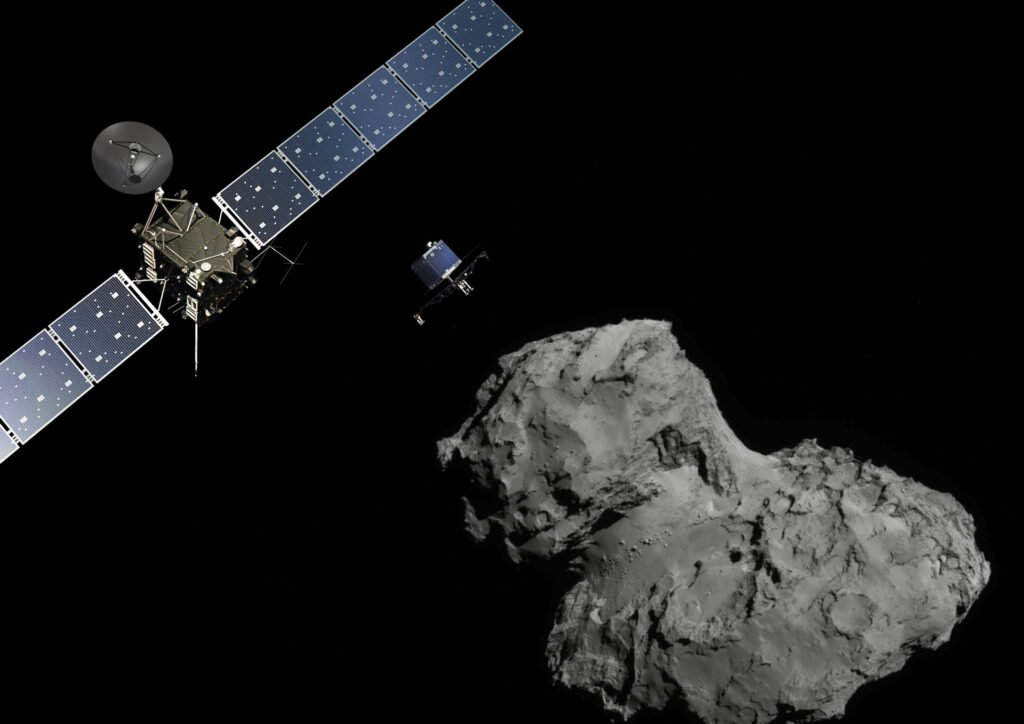
There was also one final wrinkle to the path Rosetta took to reach its comet. And that was a 31-month period of deep-space hibernation. This began on June 8th, 2011, and ended on January 20th, 2014. Then, it was finally time for Rosetta to approach the comet.
The Rosetta Mission
Named after the famous Rosetta Stone, this was the third cornerstone mission of ESA’s Horizon 2000 program. This program had the goal of space exploration with the following cornerstones taking center stage. An X-ray spectroscopy mission, a submillimeter astronomy mission, and a comet sample-return mission — the one we are discussing today.
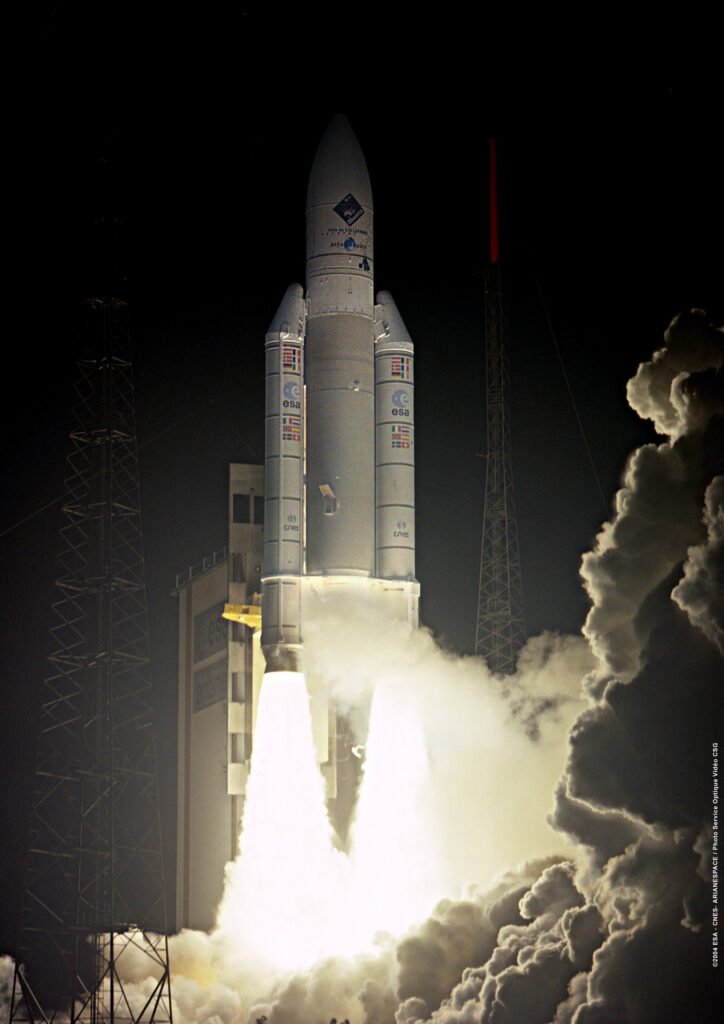
After taking its 31-month nap — which makes me feel a whole lot better about some of my longer naps — Rosetta reached 67P on May 7th, 2014. It then began a series of maneuvers to enter the comet’s orbit, successfully doing so on August 6th of that year. And that was the moment that Rosetta began making history, as no spacecraft before had ever orbited a comet. But that is not where its accomplishments end. For the next 17 months, the Rosetta orbiter continued to orbit 67P, even following it to its closest approach to the Sun during that time. This allowed to also become the first spacecraft to observe the effects of a frozen comet approaching the Sun.
But that’s not where the mission first end. Because on November 12th, 2014, Rosetta’s Philae lander successfully touched down on the comet, something no lander had ever done before. From there Philae relayed a lot of images and data back to Earth, allowing for an even more in-depth look at 67P.
The End of the Rosetta Mission
As is the case with all space missions, this one too had to end. And on September 5, 2016, the Rosetta orbiter found the lander wedged on its in a crevice on 67P, as it was doing one last pass over the comet. This marked the beginning of the end, as on September 30th the mission was officially declared complete. Still, the amount of data and insights provided by Rosetta clearly cement it as the cornerstone mission it was meant to be.
And with that, we’ve come to the end of another milestone. I hope you enjoyed learning about this piece of space history as much as I did writing about it. Make sure to follow Impulso for all news and updates on the space industry. See you all for the next milestone, right here, at impulso.space.
